Whilst on a Winter Skills Weekend in Scotland in 2017 I got talking to a fellow participant called Tom. Tom was training to climb Mera Peak in Nepal, I was there to train for my upcoming trip to Ladakh to climb Stok Kangri, both 6,000m plus peaks in the High Himalayas.
As things turned out I didn’t get to climb Stok Kangri until a year later in 2018 but Tom went on to climb Mera Peak and then describe it as the hardest thing he had ever done! I listened to his summit voice recording which he’d sent me, he sounded exhausted, tearful and overwhelmed with emotion all at the same time.
After Stok I found myself at a loss feeling rather unfulfilled and undecided of what challenge to do next, but in the back of my mind I’d already begun hatching a plan to return to The Himalayas. Mera Peak according to Tom’s account just sounded like too big a challenge to pass up on!
I signed up for Mera Peak in 2019. However, it wasn’t until the spring of 2022 and three trip cancellations later that I finally found myself on a plane bound for Kathmandu.
The world had descended into madness in the intervening years due to COVID. It wasn’t until April the 8th with several other hopefuls that I set off on an adventure to go and pit my wits against the massive bulk of the 6,476m high mountain.
After a brief overnight in Kathmandu we were sheperdered to the airport to catch the notorious flight to Lukla Airport nestled in the Himalayan foothills. The landing at the 500 foot long sloping runway was everything it was cracked up to be, scary, exhilarating, crazy and dangerous all rolled into one.
Thankfully we avoided crashing into the huge rock embankment built at the end of the runway, we all rather sheepishly disembarked the small plane onto the safety of the tarmac to inhale the rarified air of Lukla at 2,860m.
Lukla Gateway to The Himalayas, well only if your luggage has arrived with you that is, which all of ours hadn’t. So an overnight stay in Lukla ensued while we waited for the next morning flight to arrive with hopefully the rest of our equipment and baggage.
I don’t think any of us minded being stuck with downtime in Lukla to be fair as the next few days ahead were looking fairly daunting. We would spend the next twelve days trekking up to Khare in preparation for our summit attempt which would then be followed by a turnaround day to high camp to acclimate then another day up to base camp and yet another day up to high camp before the final summit push.
After all that we’d be confronted with a three day trek back down to Lukla. In all I’d be away from home for a whopping twenty four days.
In the morning at our lodge in Lukla we met our full team for the expedition. We were a combined team of ten climbers plus our leader from Jagged Globe.
We would be led by a local Nepalese team of Sherpas and supported by various porters, cooks and other team members, all of them there to help us reach our goal. It was staggering how many people it would take to realise our dream.
Reunited with our lost luggage we finally got underway slowly creeping out of Lukla a slow long and twisting caravan of people, all bound for Khare in the upper reaches of the remote Hinku Valley.
The next five days saw us march at a metronomic pace in a big circular route through the foothills of Nepal eventually to arrive at Khola Kharka. The days were fairly monotonous and very routine. We’d have a wake up call at 6.00am, followed by breakfast at 7.00am and we struck camp around 8.00am.
The countryside we trekked through initially was a mix of arable farmland and steamy forests which eventually gave way to vast Rhododendron Forests fringed by snow capped mountains before eventually turning into the high alpine.
Our pattern was almost the same every single day, first we’d brake camp before hiking for several hours which would then be followed by a hearty lunch enroute where the cooking crew performed unbelievable culinary miracles.
Eventually we’d halt late in the hot afternoon at the nominated campsite and or teahouse for the night.
Most evenings we’d sit and eat in the teahouse, maybe play cards and have a debrief on the days events, plus have a catch-up on what to expect of tomorrow before we’d all retire back to our tents for the night.
The monotony of the trekking was happily broken one day with a stop to visit the incredibly isolated Takshindu Monastery.
Here we met the resident young monks and wandered around the sanctuary. The monastery had been hit hard by the Nepal earthquake of 2015 and was painstakingly being rebuilt. We left a donation to help their cause.
I think the monks were as fascinated by us as we were by them, a true meeting of eastern and western cultures.
As we went deeper on and into the trek we proceeded to cross many precariously hung and extremely high suspension bridges, strung across various gorges and ravines. Below us were beautifully clear glacial rivers gushing at speed along the valley floors.
Khola Kharka, our eventual destination turned out to be a rather drab and god forsaken place, both freezing cold and very remote with a handful of dilapidated stone buildings and hardly any air to breathe so high was its altitude.
We all had a broken and very uncomfortable nights sleep in our respective tents.
But the week long trek had served its purpose and we were now all properly acclimated for the next part of the adventure, the trek up into the high Hinku Valley and on to Khare the stepping off point for Mera Peak.
But before we could reach Khare we dropped down in altitude to Kote where we stayed in a teahouse overnight and had the first chance to take a much needed shower.
Even freezing cold showers taken at sub-zero temperatures are a welcome luxury after five days of sweaty hiking in the foothills of Nepal.
Mera Peak could now be seen for the very first time from our abode down in Kote and a truly daunting prospect it looked. The mountain shimmered far off in the distance a glistening tower of forbidding blackrock and treacherous white ice.
Its scale seemed impossible to comprehend and the thought that we could somehow one day scale it seemed unimaginable!
All around us things now got serious! The mountains hemming us in on all sides were ginormous, the glacial valley ahead of us was vast with a cold raging river gushing down it at speed, we were minute dots on a very large natural canvas.
The Hinku Valley gets more remote the further up it you venture and we were headed for the very furthest reaches of it.
As we started up the valley we began to encounter climbers and trekkers returning back down. Some had managed to conquer but many more had been vanquished by the mighty mountain.
All looked tired and exhausted regardless of their individual outcomes.
We eventually reached the village of Tangnag where we had a well earned rest day in our tents.
‘Rest Day’ is a loose term in Nepal as it saw us taking in yet another altitude hike up an indistinct mound of rubble to a height of somewhere around the 5,000m mark before unceremoniously just turning around and going straight back down.
We later practiced some rope work beside the teahouse in Tangnag to refresh our addled memory cells and generally made good use of our allotted down time.
It was here that I purchased the most expensive tin of Pringles in the world for 10x the RRP just to find they were a year out of date. Regardless I ate the lot with my tent mate. We were so ravished we’d given up caring after so many days at high altitude.
The next day we left for Khare, on our way stopping off at the stunningly beautiful Sabai Tsho glacial lake. The lake burst its banks a few years ago due to ice melt probably caused by global warming, it swept the nearby settlement completely away. Mother Nature at her most beautiful and her most deadly!
It snowed almost as soon as we arrived in Khare. With another day of acclimation required we took the following day to hike around the nearby slopes and get used to being on snow.
The weather continued to deteriorate further knocking the initial itinerary out of kinta. We seemed to be set for a prolonged spell of rough weather over the next few days according to the forecasts so a new plan was hatched altering the proposed summit day and any rotation days accordingly.
So with days juggled around and moved about the next day found us attempting to make it up to High Camp for yet more acclimatisation and to familiarise ourselves with the route and obstacles we would encounter come summit push.
Unfortunately we were forced back just short of High Camp with a mixture of fatigue and worsening weather hitting us in waves. We beat a tactical retreat all the way back down to Khare with our tails between our legs.
The day had not been a complete loss though as it had given us some much needed practice with the notorious fixed lines at the bottom of the glacier and a chance to experience the general conditions to expect higher up. These treacherous fixed lines however would come back to haunt me later on in the trip!
What was in essence now day twelve of the expedition saw us forced to have another ‘rest day’ in Khare with conditions worsening outside with the snow still falling. We hunkered down, played cards, looked longingly up at the summit when it could be seen amongst the clouds and general milled about bored.
We ventured out into the snowy village to the much vaunted European Bakery only to find that due to COVID all their cakes were well out of date and no new supplies were being shuttled up by helicopter. I drew the line at eating more out of date food!
Day 13 dawned and finally it was on! The summit push was happening. We sorted out our gear, left all non-essentials out of our rucksacks and headed on out and up the steep snowy slopes bound for High Camp!
The ascent of Mera Peak begins with a four hour climb up to the stunning Mera La Col. The day was glorious as we carefully jumared up the fixed ropes with our crampons crunching into the hard ice of the glacier.
Roped up together we slowly started the long plod up the ice to the Mera La and towards the protection of High Camp which is spectacularly located behind an outcrop of rocks at 5,800m or 19,029 feet.
Once there an uncomfortable night ensued, half frozen, half scared and only half asleep.
Then Drama unfolded! In a tent near to us some poor unfortunate Australian climber was in the early throes of (HACE) or High-altitude cerebral edema. One of our expedition team (a junior doctor David) administered what were probably life saving injections into the poor soul and our Sirdar organised his medivac off the mountain.
It was a sobering experience and I think it made us all reflect upon things for the next few hours ahead of our summit attempt.
On what was now Day 14 the climb to the summit of Mera Peak started in earnest. We left high camp in darkness with head torches guiding the way at around 2am in the morning. The hope was that it would take around 5/6 hours to reach the summit.
After several hours battling in freezing cold conditions and complete darkness the central summit appeared above the wide glacier. It shone in the early alpine dawn flanked by two snowy ridges.
The next steep section ahead took another two hours to ascend and was incredibly slow going at such high altitude. I puffed and wheezed my way up it.
Mera has three actual summits and our objective was the central summit. The last 40m required a lot of effort, jumaring on a short steep snow section on fixed lines before finally arriving on the majestic summit. It was now 7.30am on the 24th April 2022.
I was so exhausted I just stood there in a daze. I congratulated my other two teammates Dale and Malc who I’d been roped to for the last five hours and Dhorje our incredible climbing Sherpa, without whom we could never have made it.
The summit of Mera Peak at 6,476m offers one of the best views any mountain can offer. I could clearly see Everest & Lhoste to my left and Makalu to my right. We had a perfect bluebird day.
After 10-15 mins of self-congratulation and back slapping on the summit we fastened back onto the fixed ropes and carefully started our descent.
Against a backdrop of Everest, Lhotse, Makalu, Kanchenjunga and Cho Oyu we made it slowly and exhaustedly back down to High Camp. At camp we resupplied and ate as much as we could before setting off down to Khare.
Remember those fixed lines I mentioned earlier on the way up? Well Mera had a scare in store for me as one of the ice-screws holding the roped line in place popped out of the glacier’s ice as I passed through it. I dangled precariously like a rag doll hanging from the glacier.
I was left there staring down a hundred meter long ice-slide to some rather nasty looking rocks below. It is fair to say that I s**t myself! A clear reminder that the descent is often the hardest part of a climb.
After being rescued by one of our courageous sherpas and with my pride slightly dented we all proceeded down to Khare. There we crashed into our beds and slept like never before.
The next day it was all downhill both literally and metaphorically as we skipped along in the thick oxygenated air back down to Tangnag.
We wished the poor souls walking up the other way good luck with a wry smile only gained from experience before spending another night in the relative comfort of the teahouse at Kothe.
But this adventure had not finished with us yet as we still had the Zawtra La Pass to negotiate before we could get back to Lukla. The Zawtra La Pass is some kind of a cruel joke.
To escape the Hinku Valley we were now confronted with an ascent of another 1,600m up steep terrain to the Lama Lodge teahouse situated at Thule Kharka. The teahouse was perched just below the pass at 4,200m amsl which was just what you don’t need after many days of climbing at altitude.
On the way up to the lodge we were hit by a brooding thunder and lightning storm before being peppered with dashing sleet and snow.
In a scene reminiscent of a good Indiana Jones movie when we flung open the wooden doors to the lodge and showered the inhabitants inside with a blanket of cold swirling snow which had followed us in.
Inside the local nepalese looked nonchalantly up from their game of cards to briefly acknowledge us and then carried on as normal with their card game huddled around the log burner.
After another cold and basic night in the lodge we left in the morning for the pass above and the 1,800m descent back down into Lukla on the other side.
Finally back down in Lukla after many hours we had a subdued celebration in a teahouse with the Sherpas and porters to say thank you for their help without which we could never have achieved our collective dream.
Then we quietly headed off into a backstreet bar for a well earnt pint of beer, my first in over three months.
And that was it, the end of another adventure!
Was it all I had hoped for, maybe, but time will tell. As I sit here and write this blog account up several months after the events took place I’m still not sure what I think and feel about the trip as a whole.
For now I just look and wonder at what other adventures I can make happen, maybe another mountain, maybe something completely different.
Whatever happens further down the line my trip to climb Mera Peak will remain strongly etched in my memory for many many years to come.
The Expedition Itinerary
Day 1 – Lukla to Puiya (or Poyan)
Day 2 – Poyan to Pangkongma
Day 3 – Pangkongma to Nashing Dingma
Day 4 – Nashing Dingma to Chalem Kharka
Day 5 – Chalem Kharka to Chunbu Kharka
Day 6 – Chunbu Kharka to Khote
Day 7 – Khote to Tangnag
Day 8 – Tangnag ‘Rest Day’
Day 9 – Tangnag to Khare
Day 10 – Khare
Day 11 – High camp rotation
Day 12 – Khare ‘Rest Day’
Day 13 – Khare to High Camp
Day 14 – Summit Day
Day 15 – Kote
Day 16 – Zatwa La
Day 17 – Lukla
Day 18 – Fly back to Kathmandu
Next blog installment to come – The Mythical City of Kathmandu
Check out more photo from the expedition over on my Flickr account: https://www.flickr.com/photos/jameshandlon




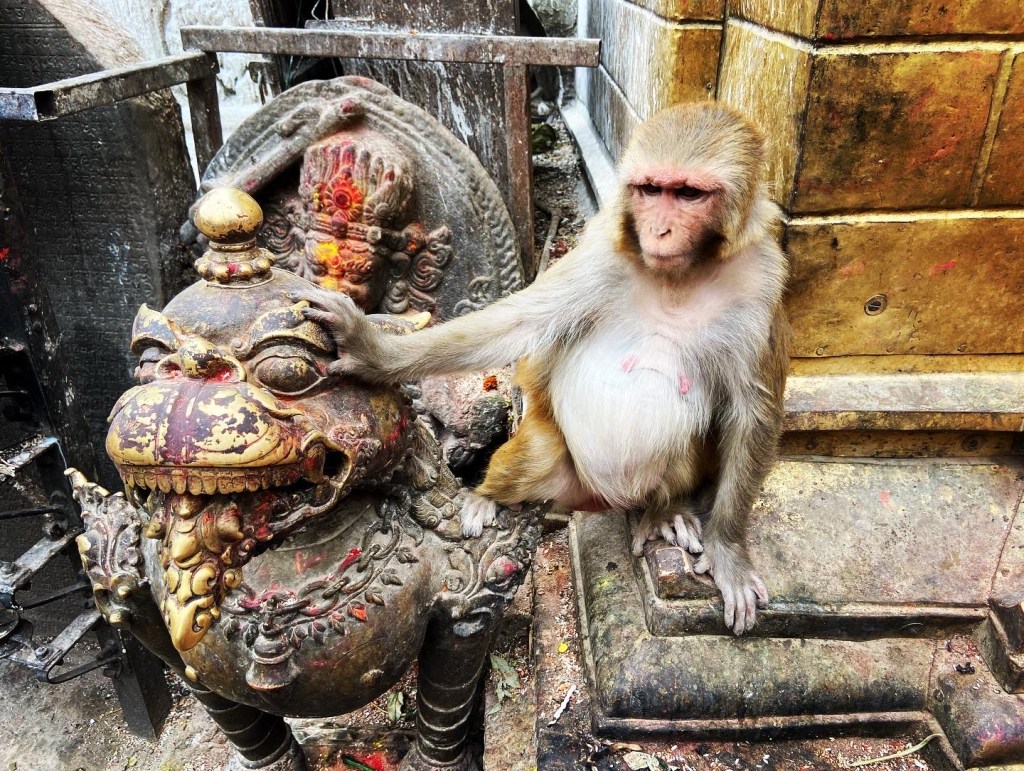







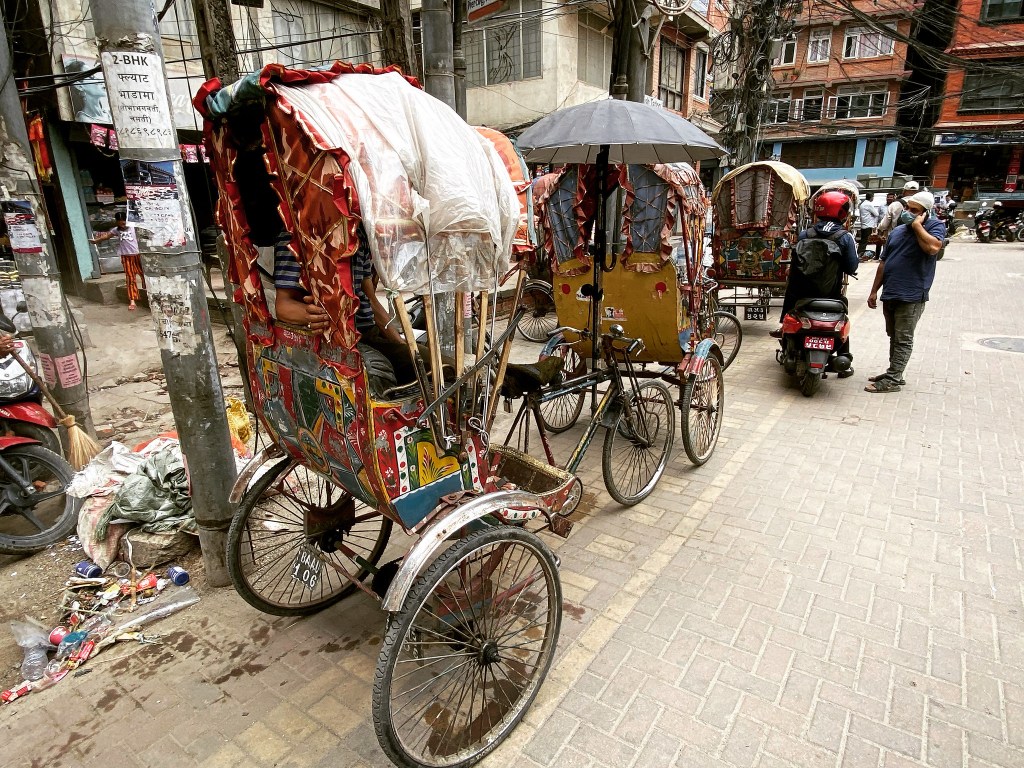

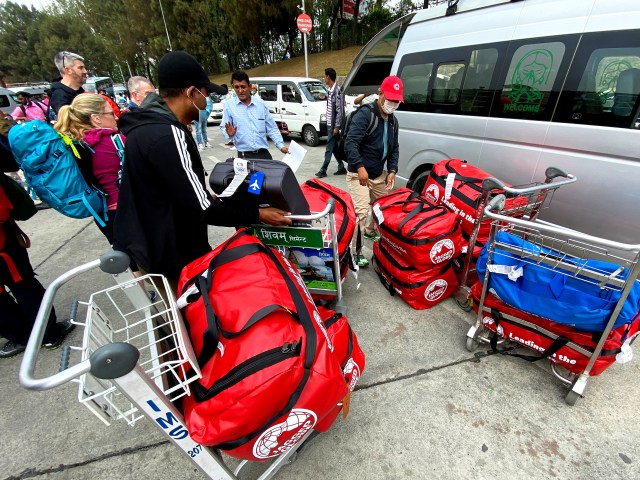
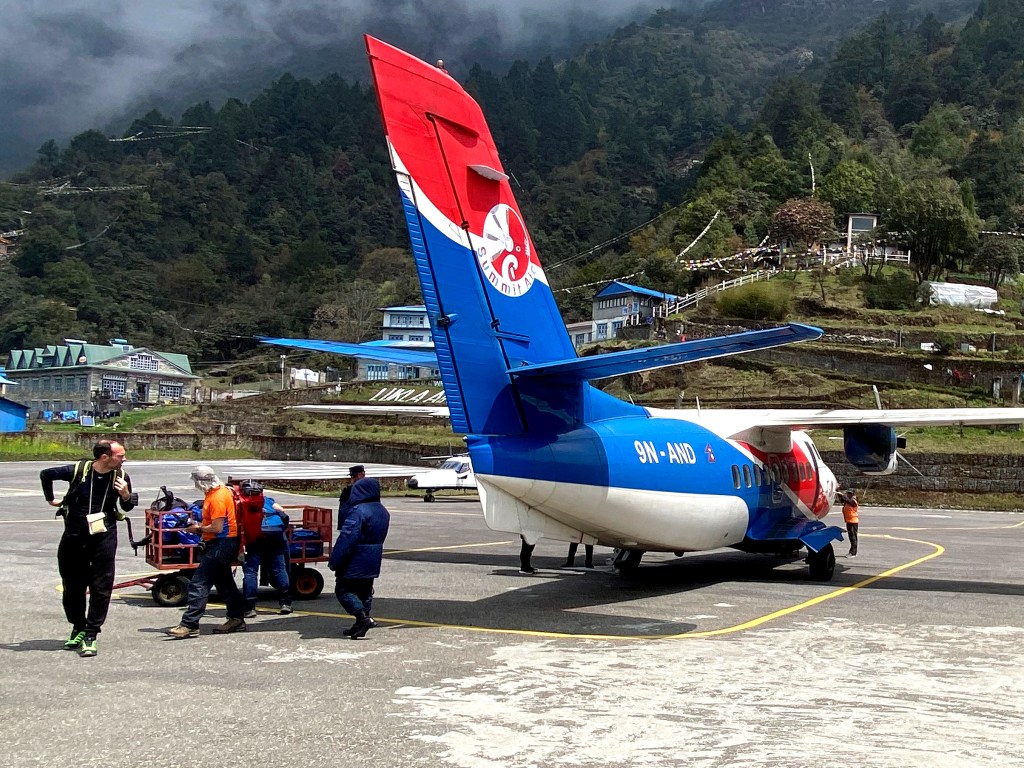
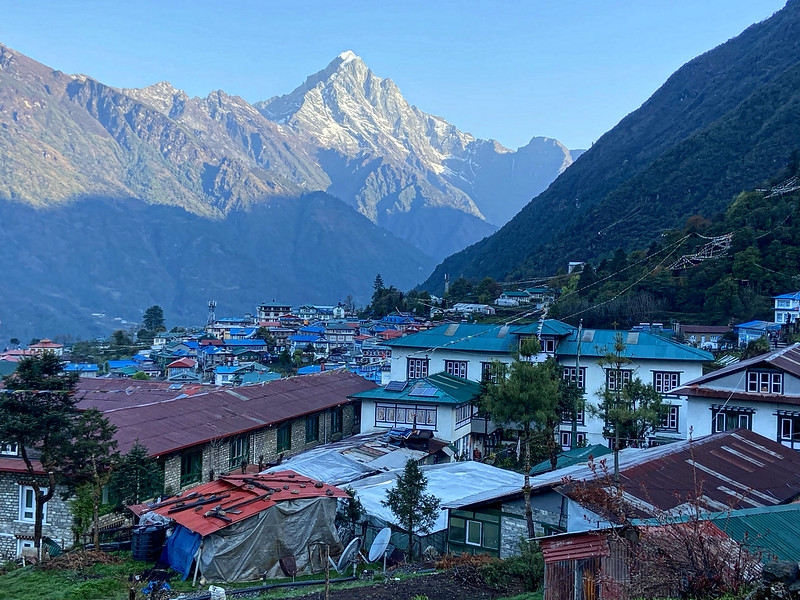



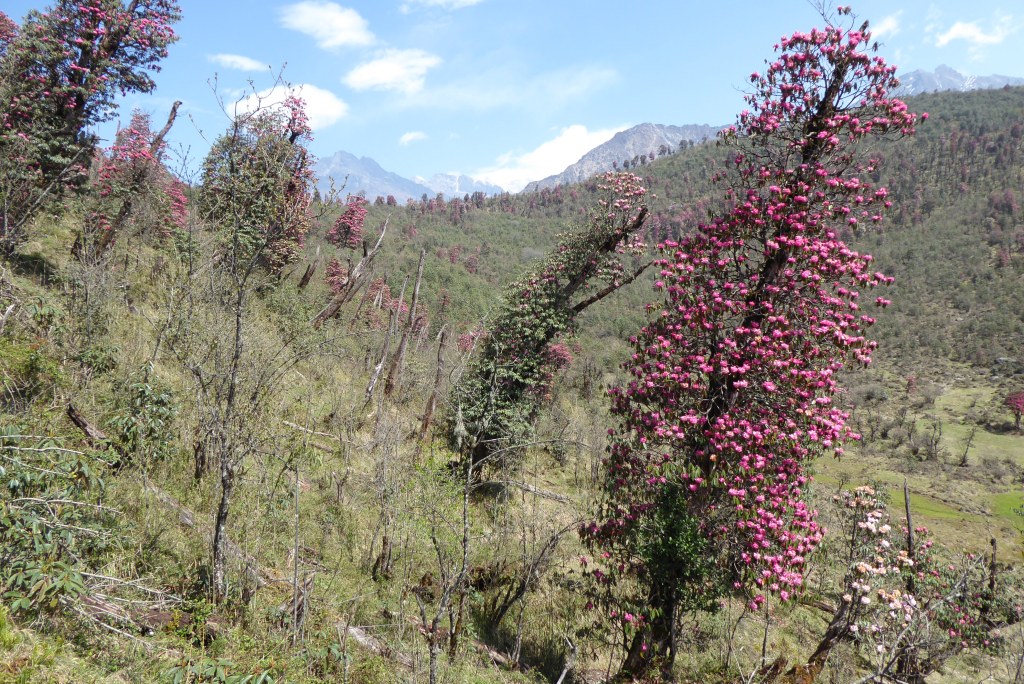
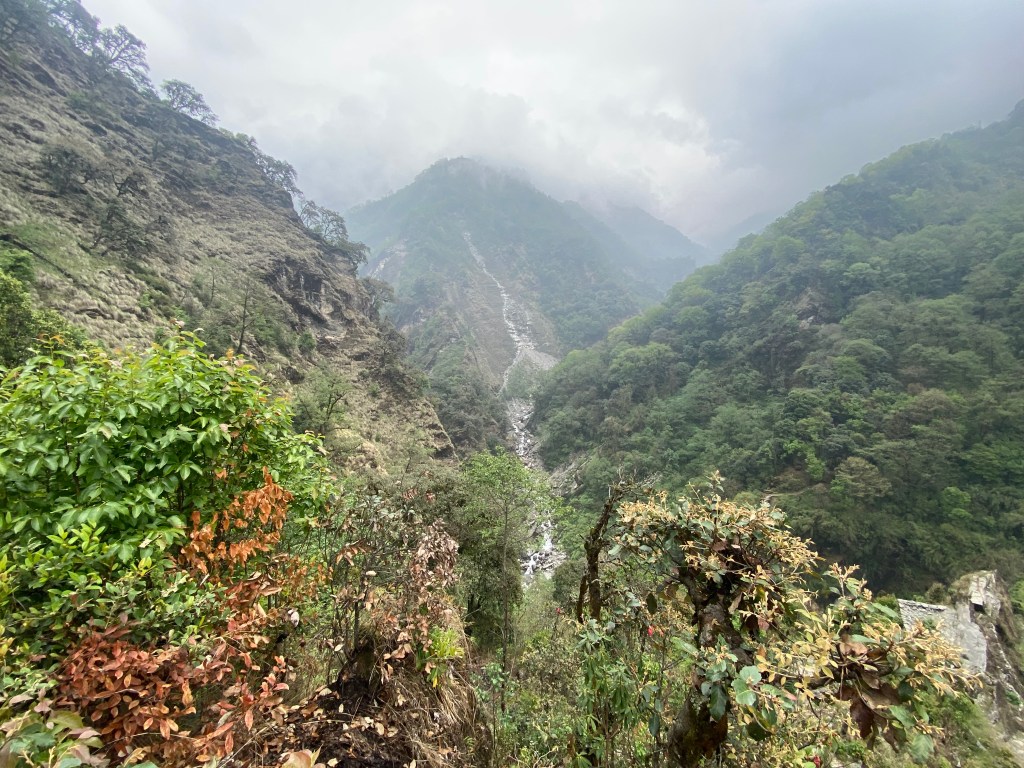
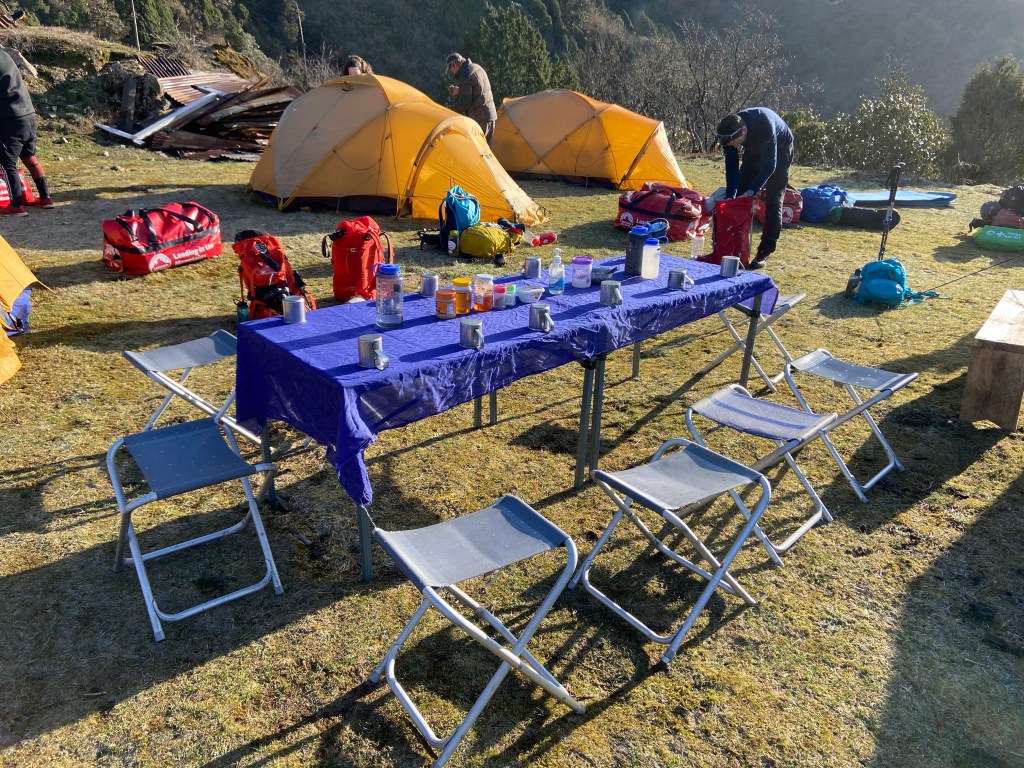

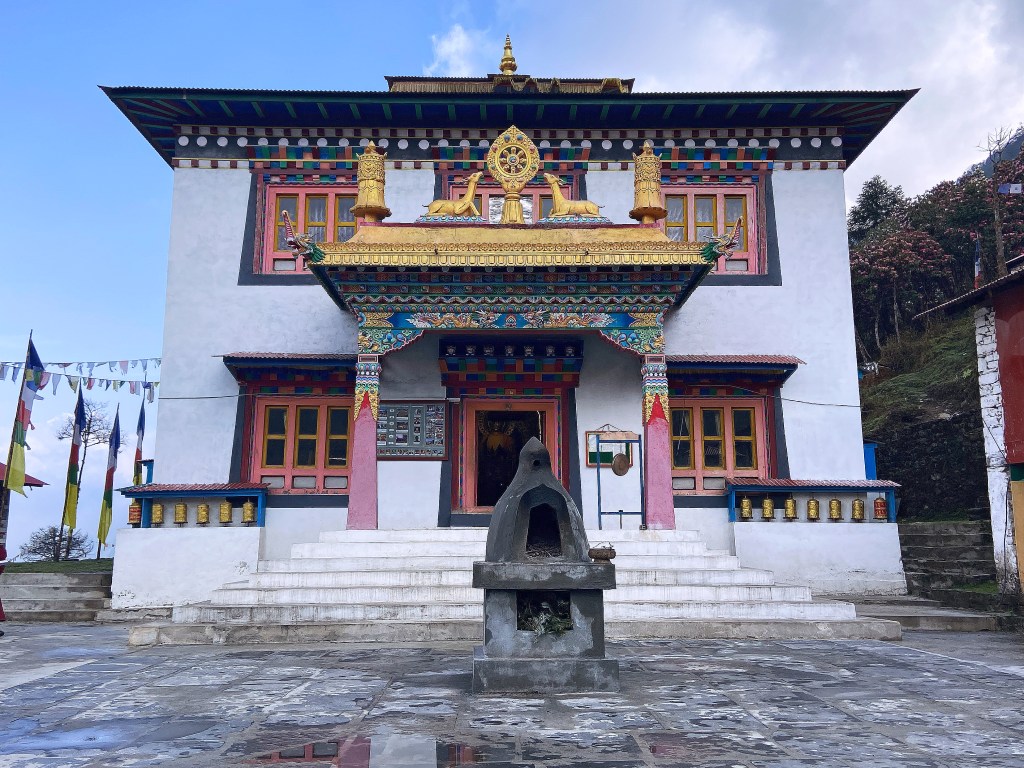





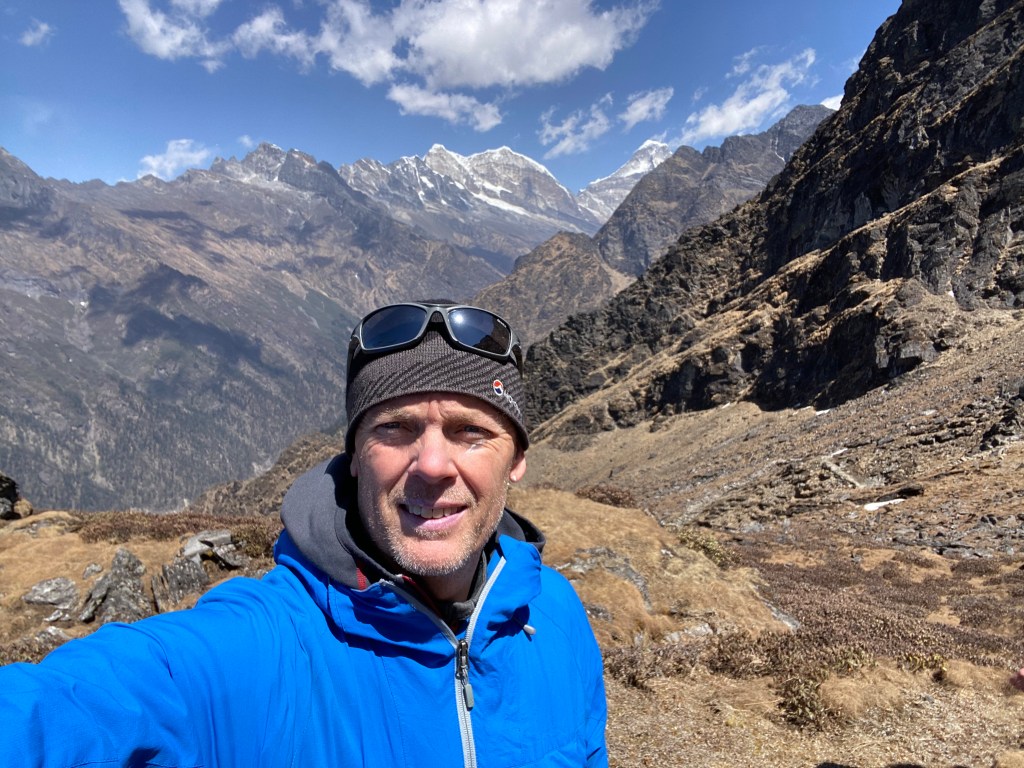




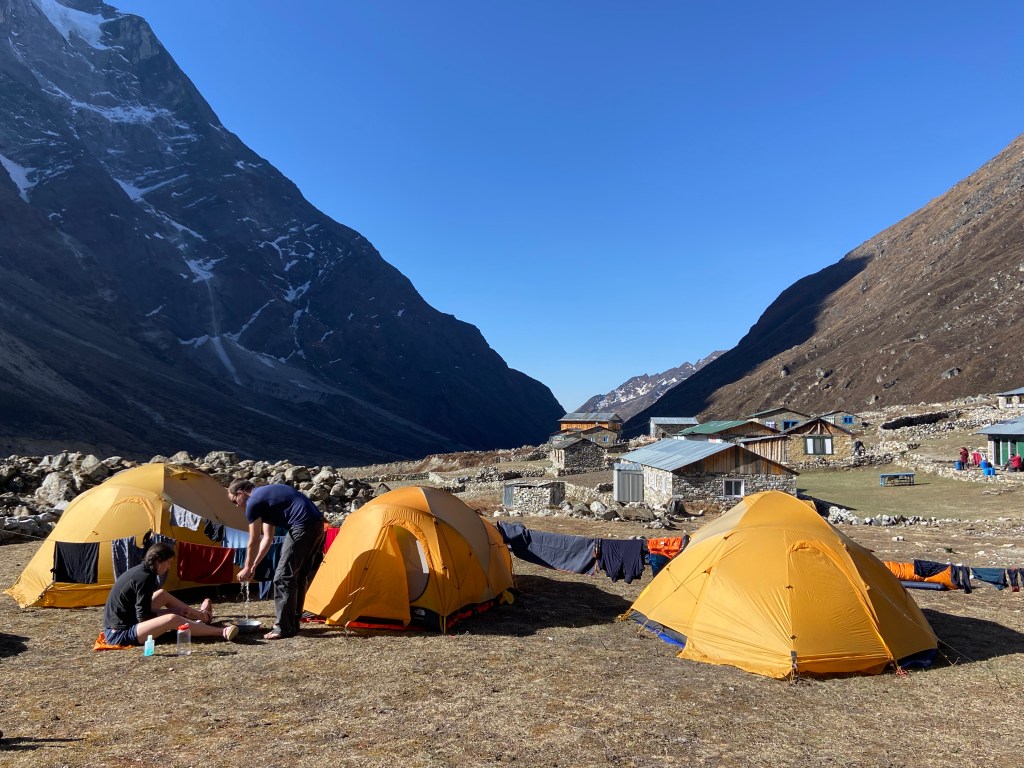
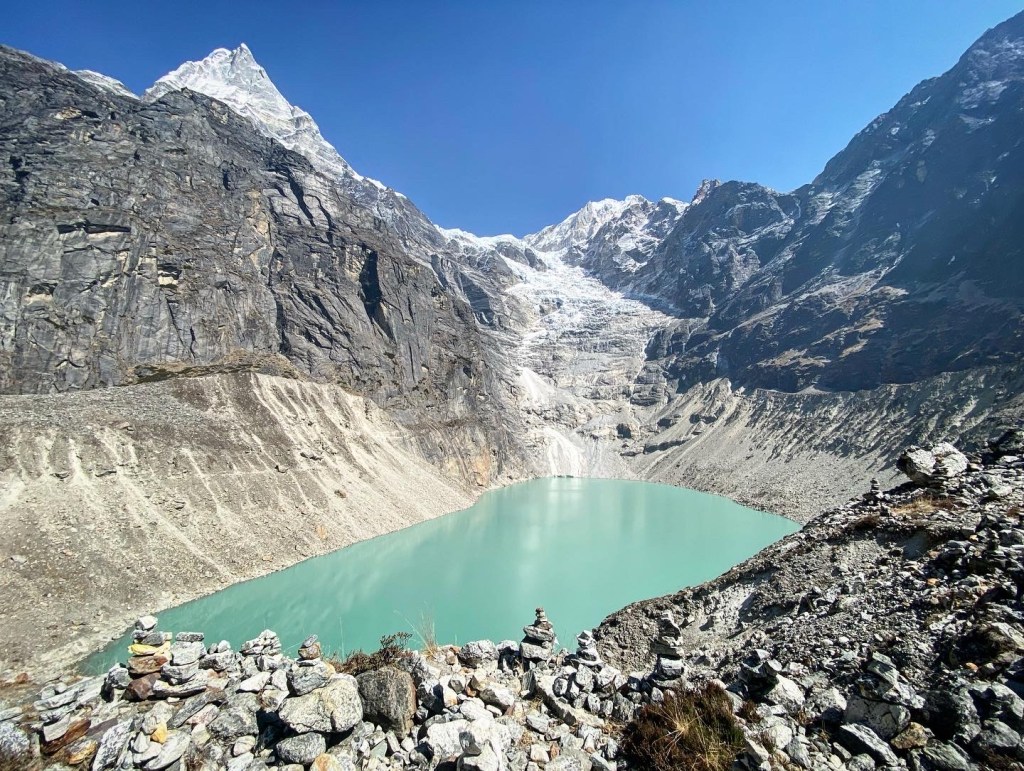

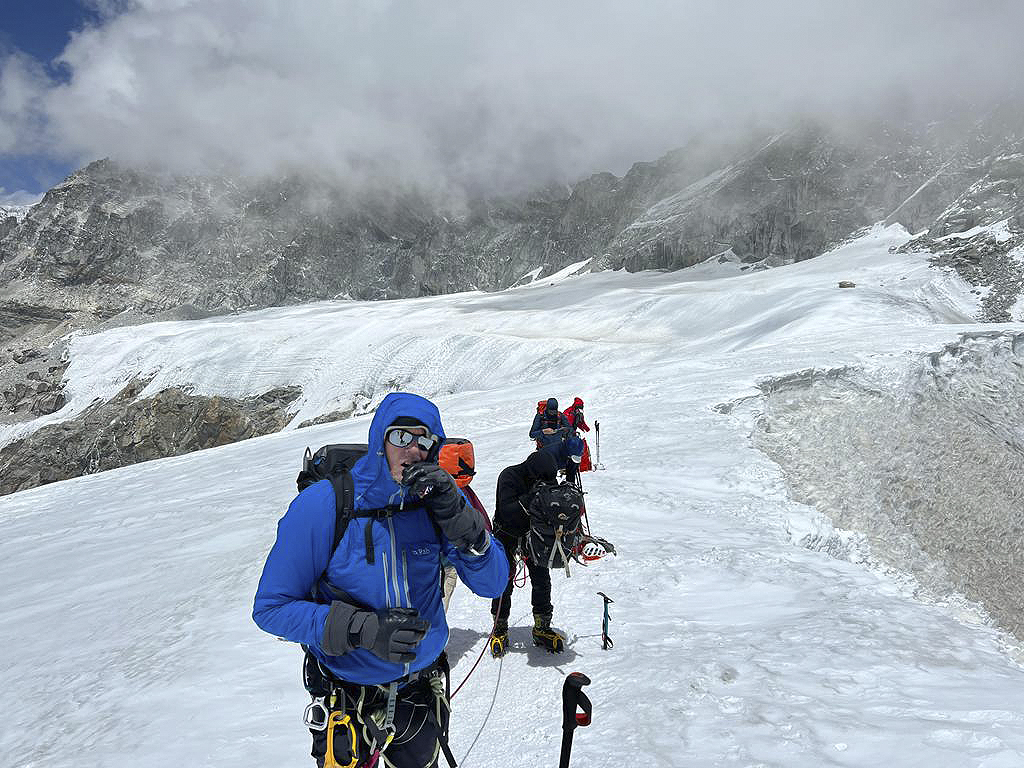


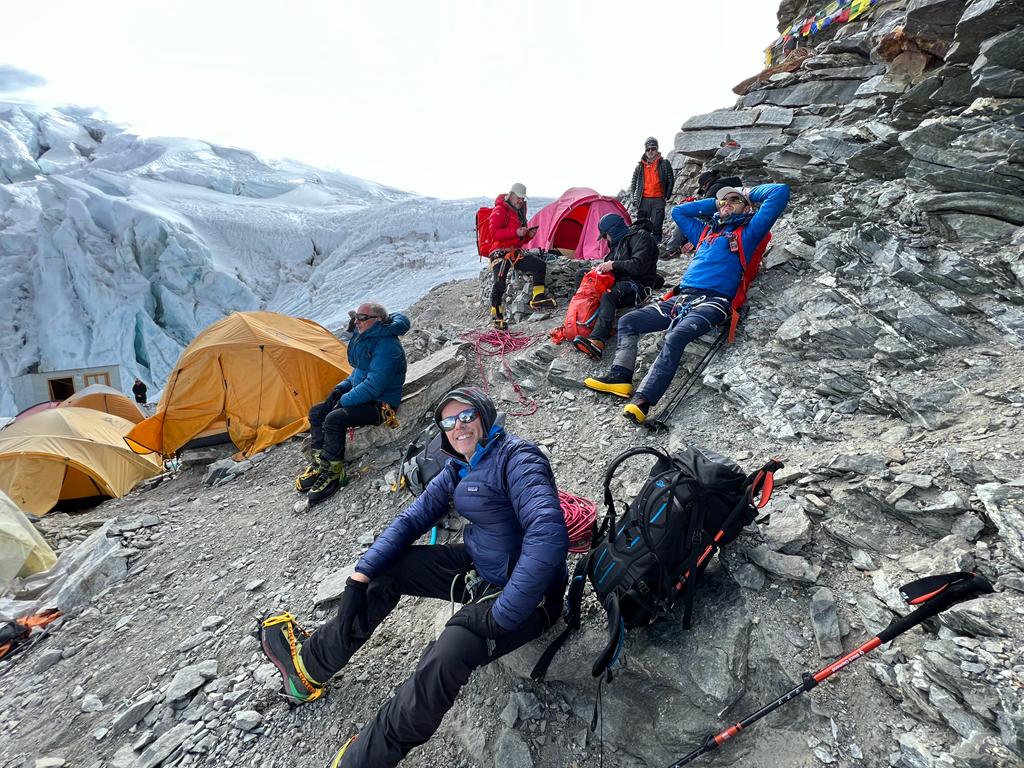

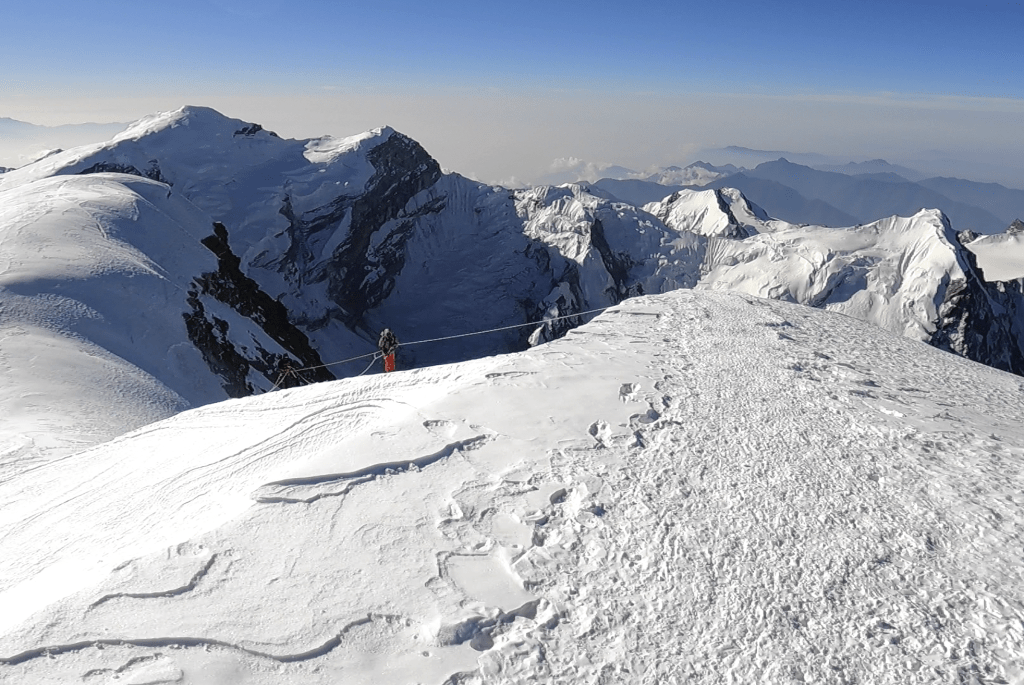
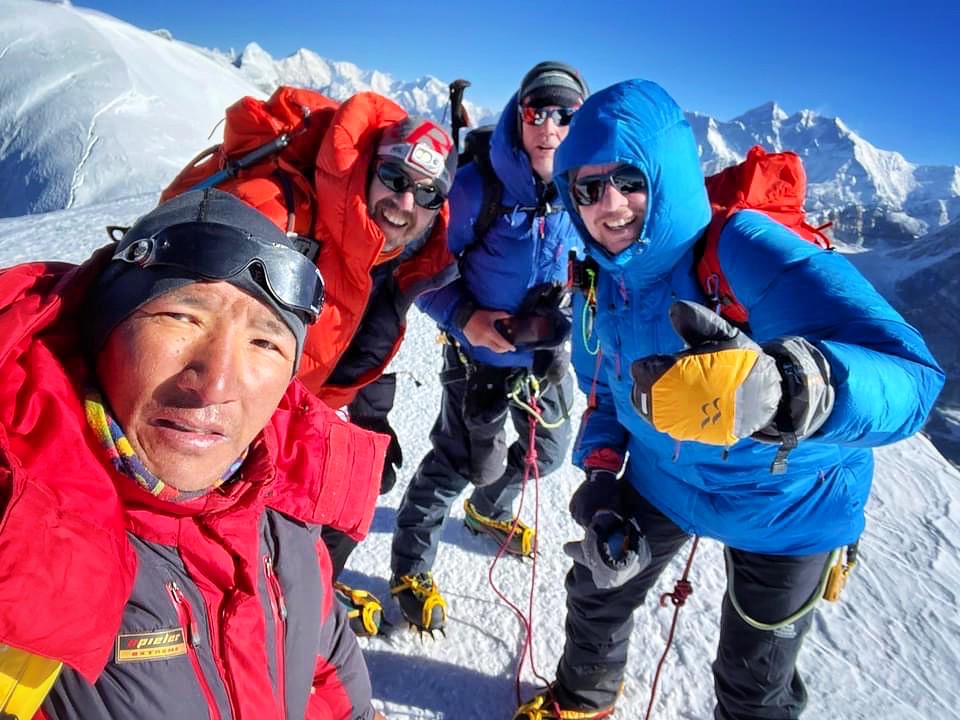


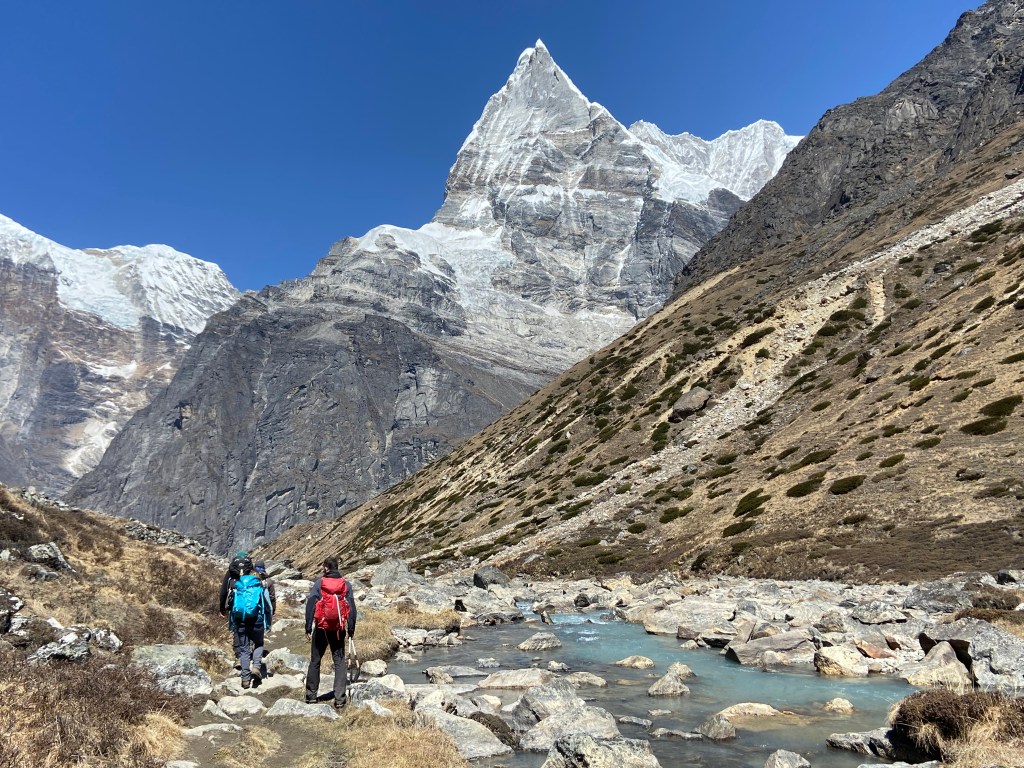
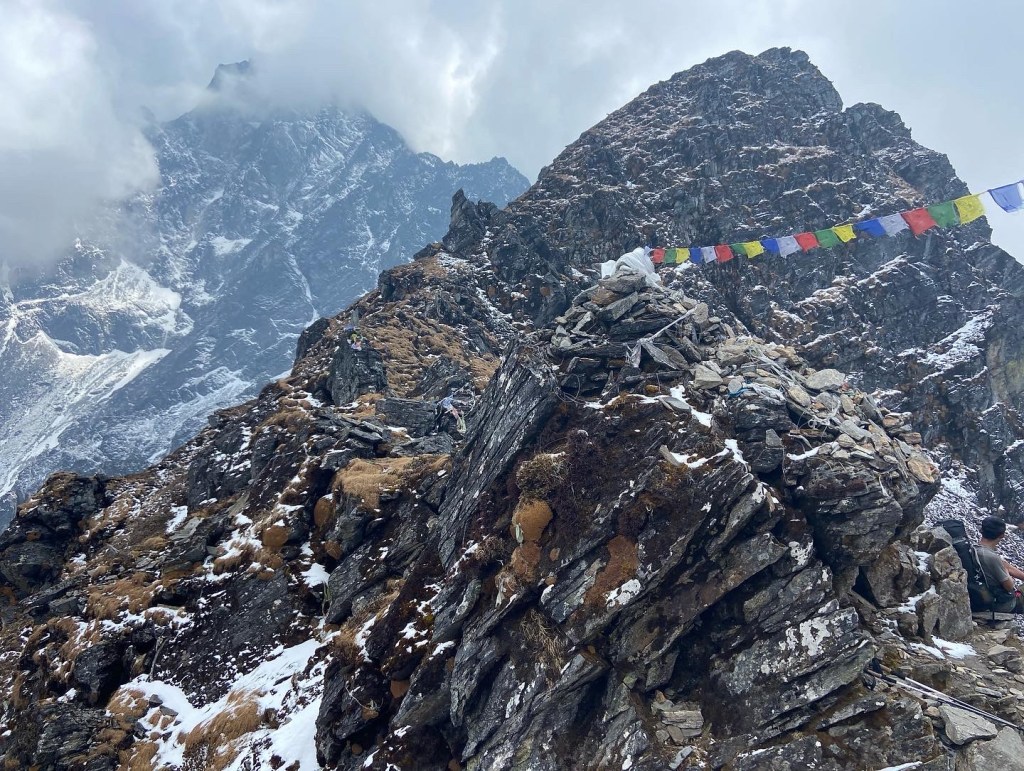


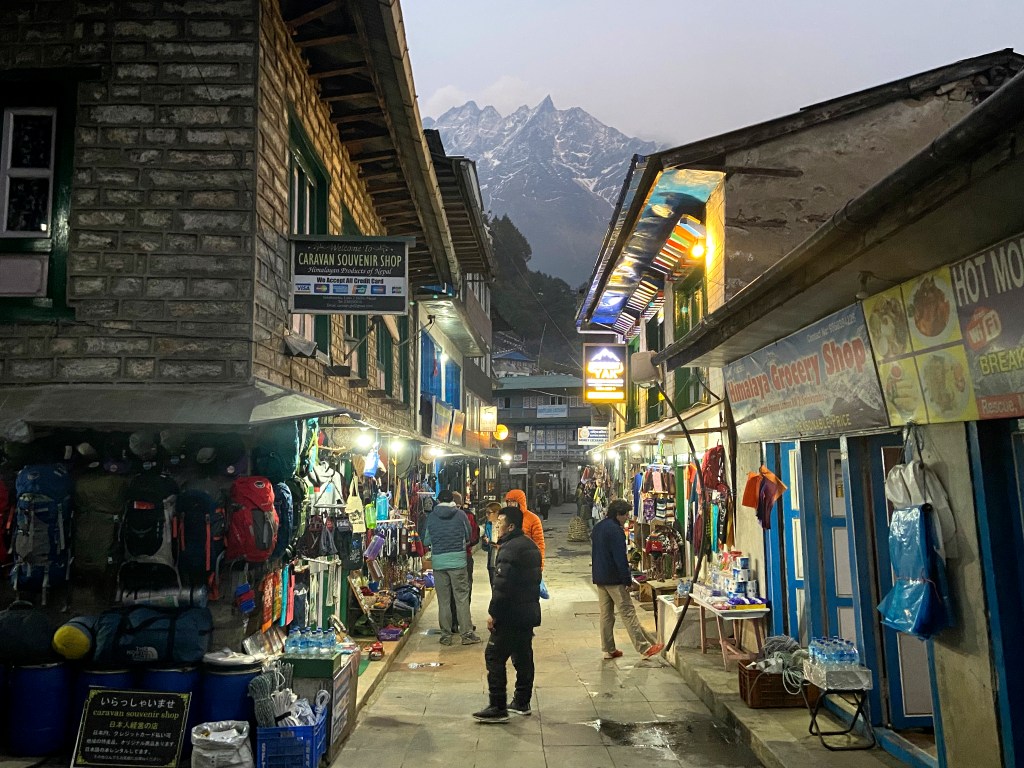

 At 13,323 ft (4,061 m) in height, Gran Paradiso is widely considered to be one of the most beautiful but also one of the “easiest” 4000ers of the Alps. The peak lies within the beautiful National Park of Gran Paradiso. It was first climbed in September of 1860 by an Englishman named John Cowell. The mountain is regarded as the highest mountain wholly within Italy and it had been on my personal radar for several years.
At 13,323 ft (4,061 m) in height, Gran Paradiso is widely considered to be one of the most beautiful but also one of the “easiest” 4000ers of the Alps. The peak lies within the beautiful National Park of Gran Paradiso. It was first climbed in September of 1860 by an Englishman named John Cowell. The mountain is regarded as the highest mountain wholly within Italy and it had been on my personal radar for several years. The main route up the mountain is graded F+, so if you’re looking for a big peak that is technically and relatively straightforward then Gran Paradiso ticks all the boxes and that was exactly what I was looking for.
The main route up the mountain is graded F+, so if you’re looking for a big peak that is technically and relatively straightforward then Gran Paradiso ticks all the boxes and that was exactly what I was looking for. Up and awake early we left for Italy. After about a two hour drive we arrived at the commune of Valsavarenche in the Aosta Valley, our starting point. From here we started to hike up to the Rifugio Vittorio Emmanuel Hut.
Up and awake early we left for Italy. After about a two hour drive we arrived at the commune of Valsavarenche in the Aosta Valley, our starting point. From here we started to hike up to the Rifugio Vittorio Emmanuel Hut. A true alpine start awaited us the following morning as we left well before daybreak to embark on our climb. The weather was already looking pretty grim from the moment we awoke and steadily deteriorated yet further as the morning progressed.
A true alpine start awaited us the following morning as we left well before daybreak to embark on our climb. The weather was already looking pretty grim from the moment we awoke and steadily deteriorated yet further as the morning progressed.  We ate as much pasta as we could stomach then hit the dormitory bunks and slept solidly until dinner at 7pm that evening. We were spent forces mentally and physically and needed to recuperate to try again for the peak.
We ate as much pasta as we could stomach then hit the dormitory bunks and slept solidly until dinner at 7pm that evening. We were spent forces mentally and physically and needed to recuperate to try again for the peak. We roped up. The glacier is an intricate maze of crevasses which we now carefully wound our way through, all the time ascending slowly. The moon shone down on the cold ice which glistened under the crunch of our crampons.
We roped up. The glacier is an intricate maze of crevasses which we now carefully wound our way through, all the time ascending slowly. The moon shone down on the cold ice which glistened under the crunch of our crampons. 
 The final 100 metres of climbing were indeed an exciting and exposed scramble and eventually after a few tricky moves with crampons scratching across rock we found that we’d arrived at the exposed tiny summit, we had it all to ourselves (learning later that we were been the first team from the north-west side to reach the the top that day).
The final 100 metres of climbing were indeed an exciting and exposed scramble and eventually after a few tricky moves with crampons scratching across rock we found that we’d arrived at the exposed tiny summit, we had it all to ourselves (learning later that we were been the first team from the north-west side to reach the the top that day). The views were sublime particularly of the Mont Blanc Massif with the Matterhorn far away in the distance. Just visible Verona flickered in the morning sun many miles away.
The views were sublime particularly of the Mont Blanc Massif with the Matterhorn far away in the distance. Just visible Verona flickered in the morning sun many miles away.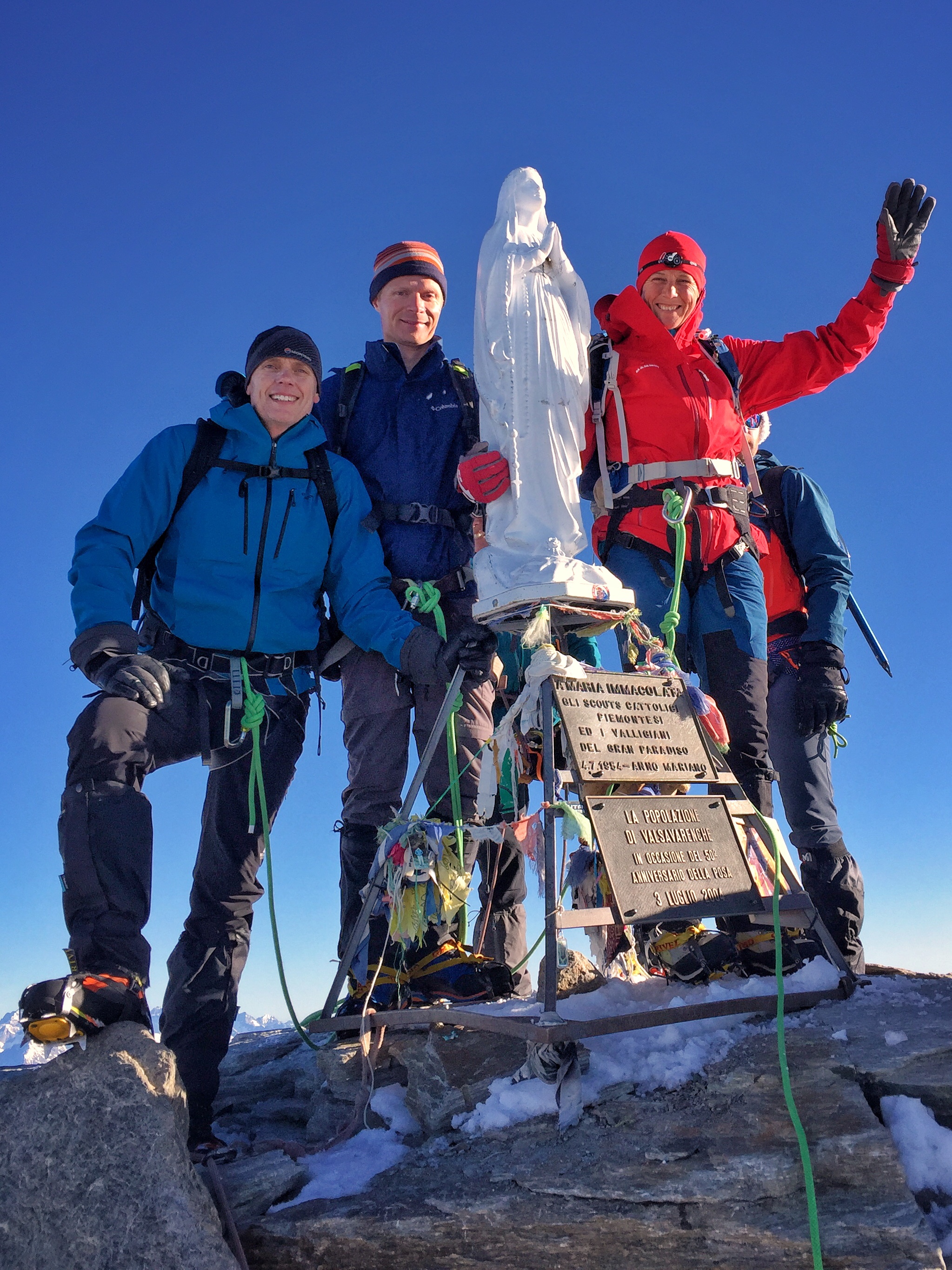 Alas, and all too soon we had to start our descent. Happily I was allowed to lead the team back down as I’d been last on the rope during our ascent. Now in glorious sunshine we yomped back down the glacier following our own footsteps that we had left on the way up only a few hours earlier.
Alas, and all too soon we had to start our descent. Happily I was allowed to lead the team back down as I’d been last on the rope during our ascent. Now in glorious sunshine we yomped back down the glacier following our own footsteps that we had left on the way up only a few hours earlier.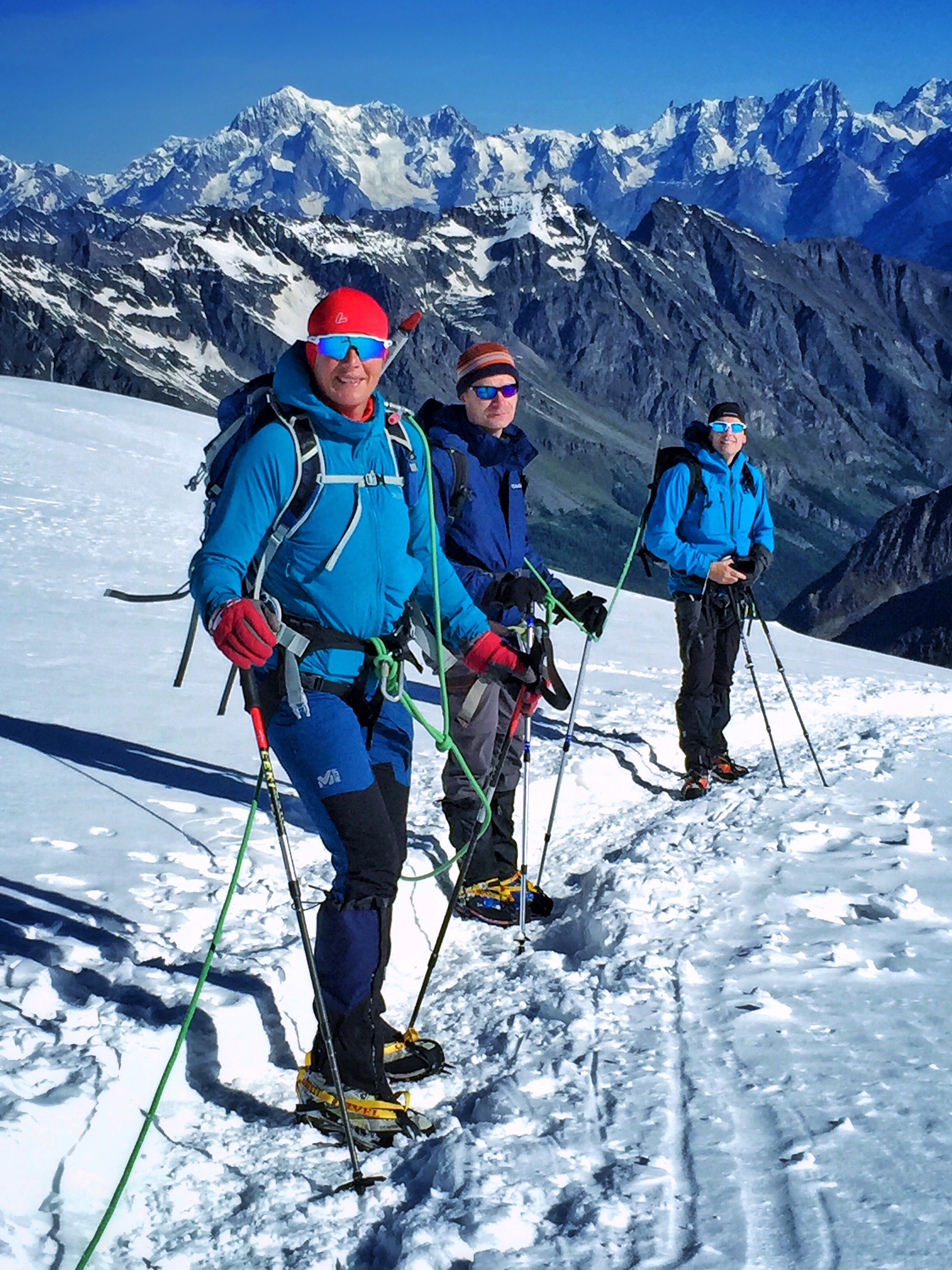 Satisfied and fulfilled I finally flopped down outside the Chabod Hut back at a staggeringly early time of 10.30am. Collapsed on a wooden bench drenched in the morning sunshine and looking back up the glacier to the picture perfect summit of Gran Paradiso I promptly ordered myself a beer and some yummy cake with whipped cream on top for good measure.
Satisfied and fulfilled I finally flopped down outside the Chabod Hut back at a staggeringly early time of 10.30am. Collapsed on a wooden bench drenched in the morning sunshine and looking back up the glacier to the picture perfect summit of Gran Paradiso I promptly ordered myself a beer and some yummy cake with whipped cream on top for good measure.